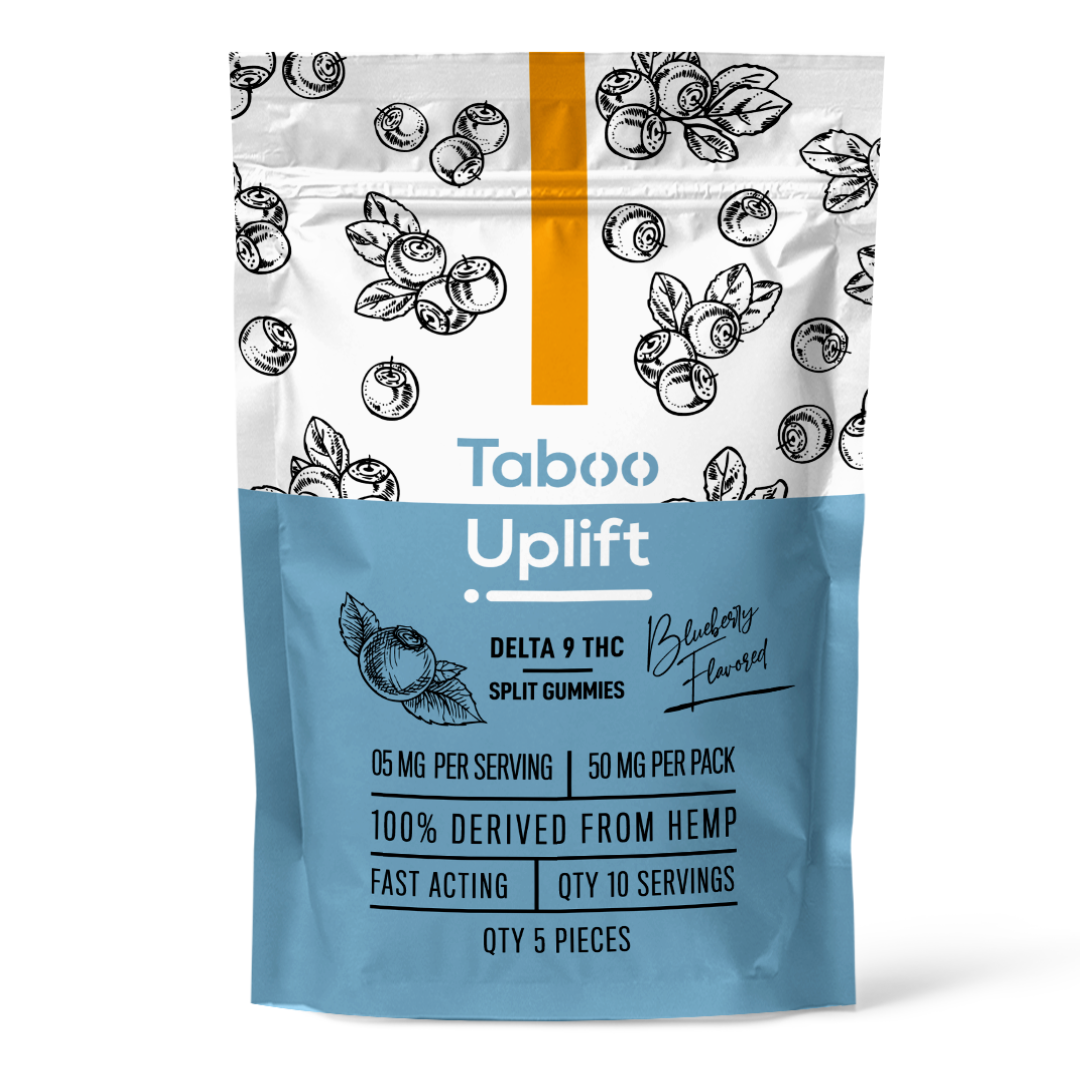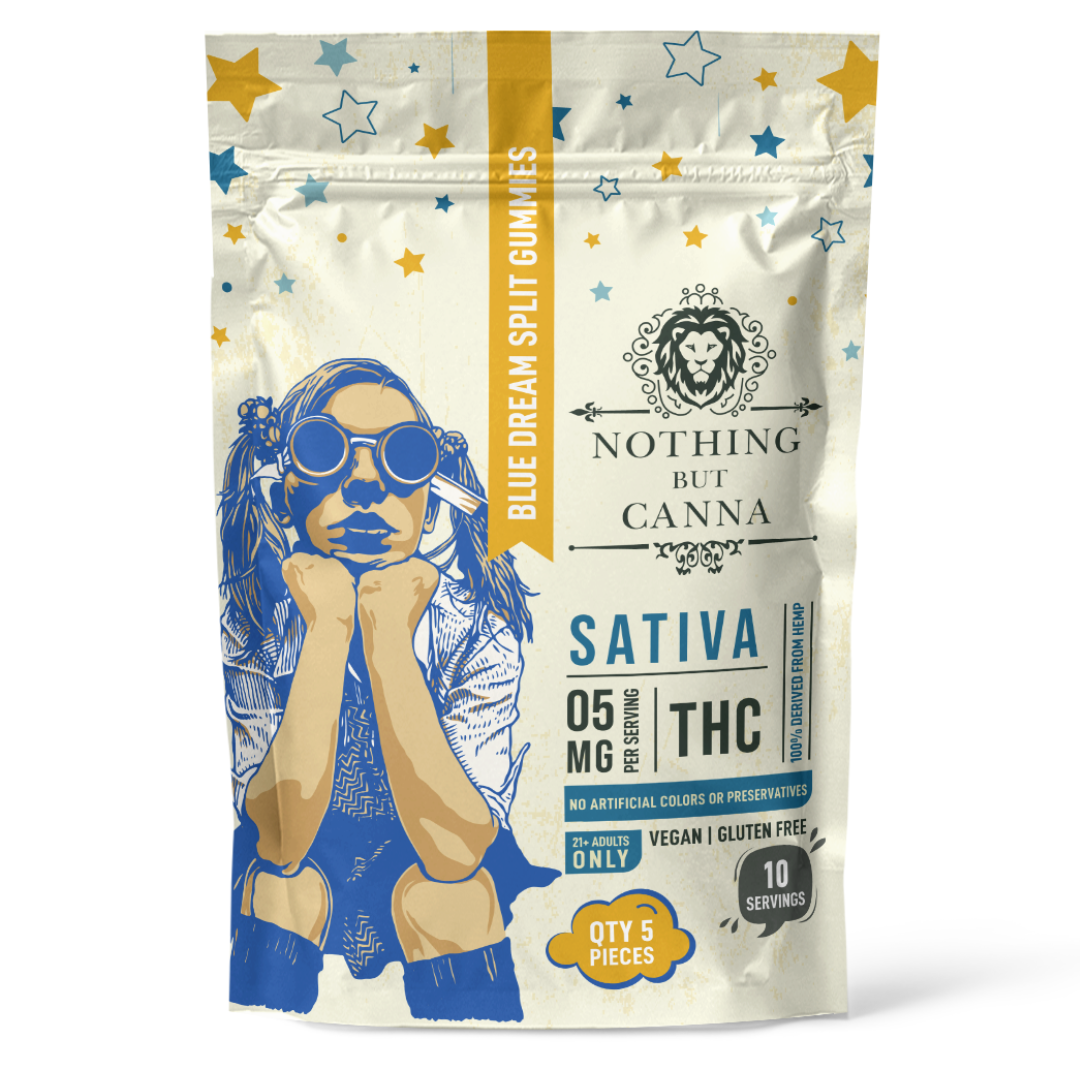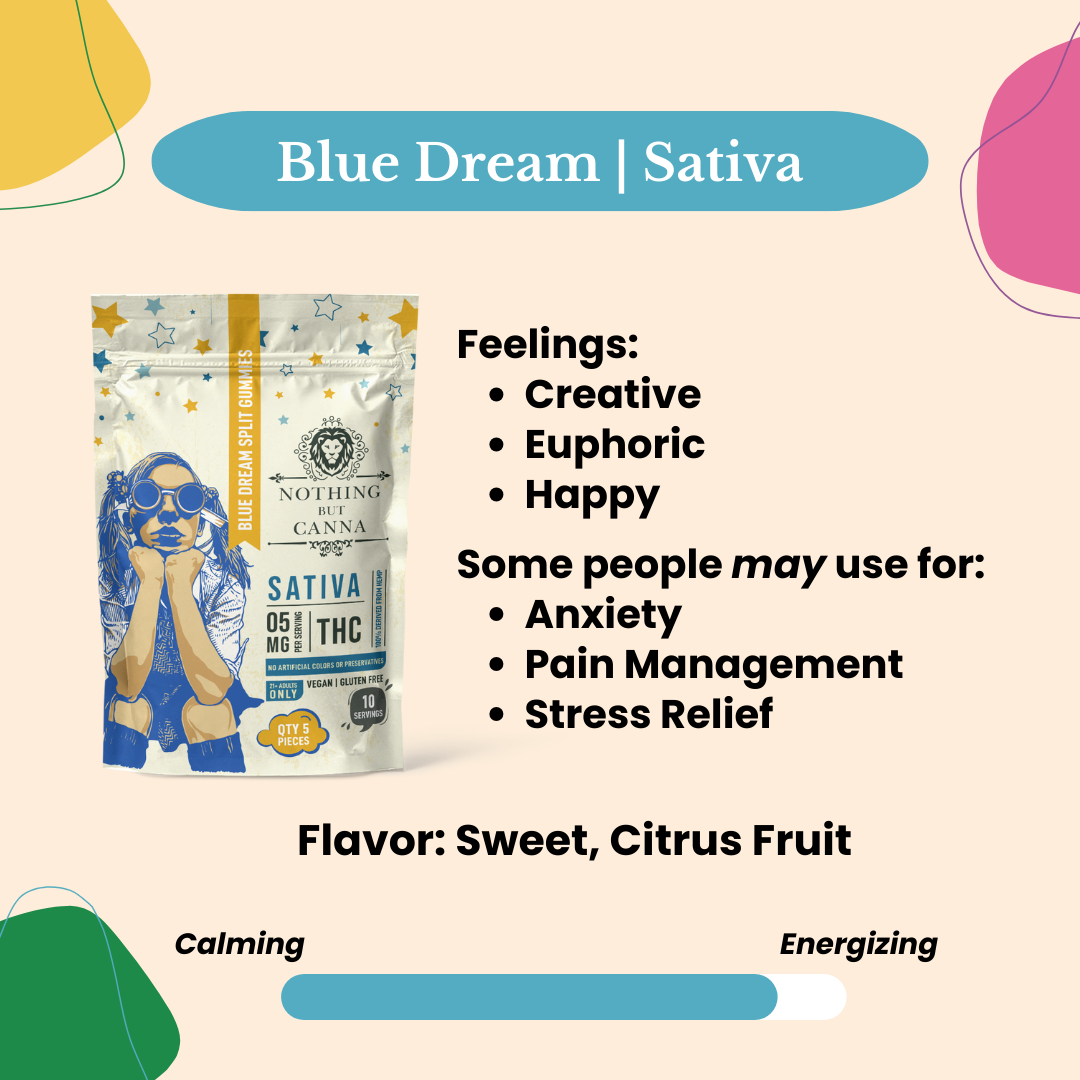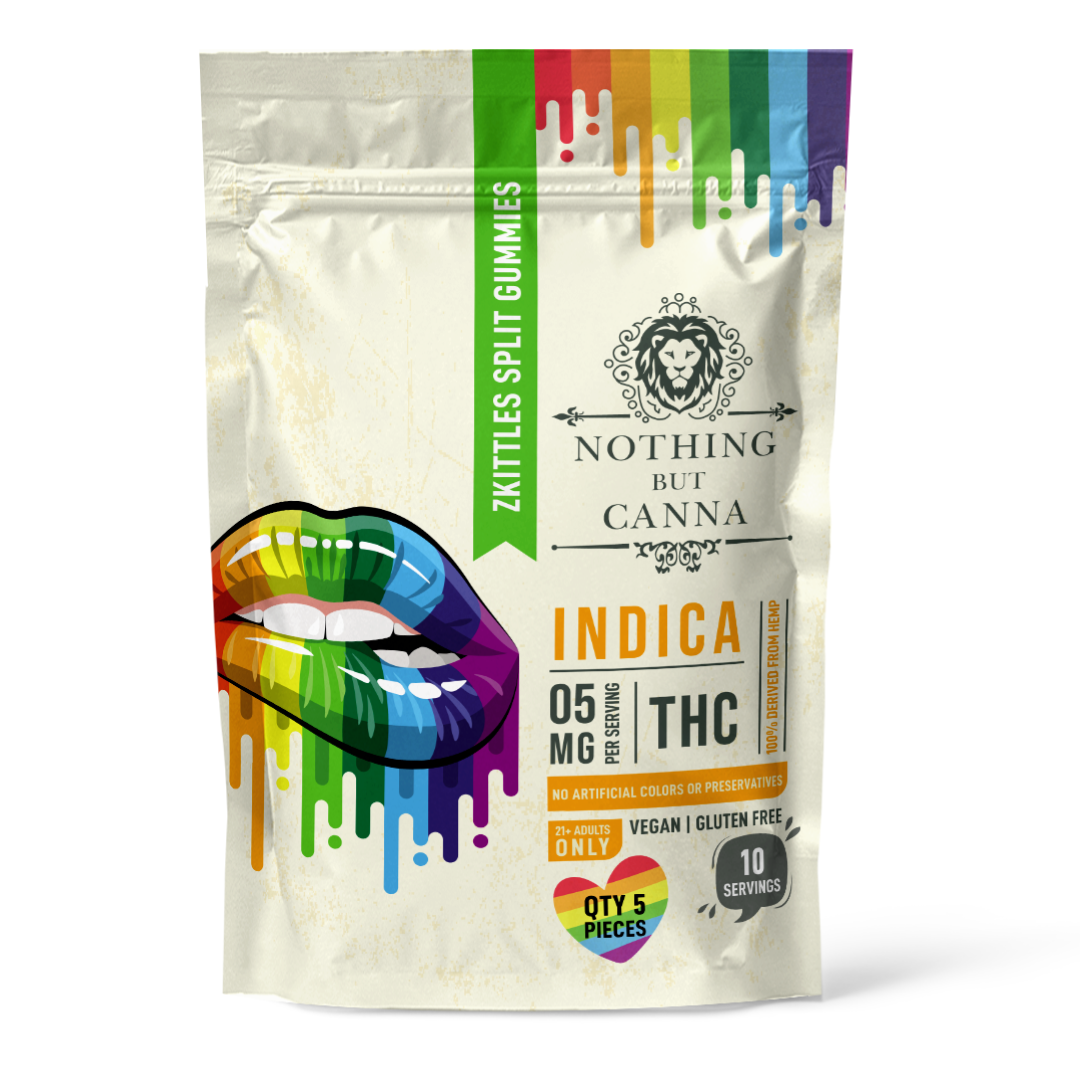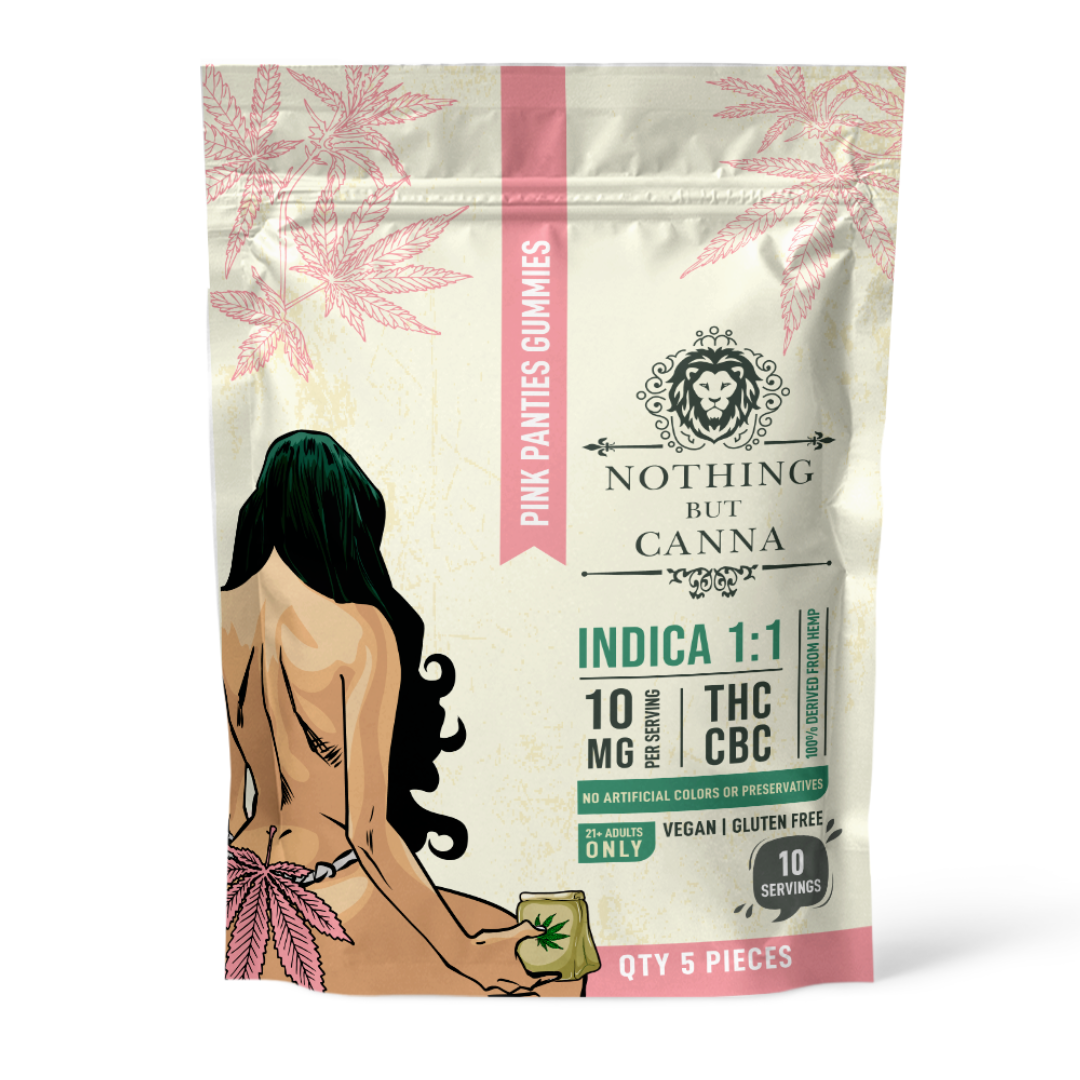The cannabis industry is evolving rapidly, driven by consumer demand for cannabinoids such as CBD and THC. However, this growth has highlighted the need for tighter regulations to ensure product safety, clear labeling, and responsible marketing. Enter the Cannabinoid Safety and Regulation Act (CSRA), a regulatory framework designed to bring order and transparency to the cannabis industry.
In this article, we’ll break down the key components of the CSRA, discuss THC milligram limits for products, examine cannabinoid conversions, and compare the CSRA to the 2018 Hemp Farm Bill. We will explore what the CSRA means for both hemp and marijuana companies, how it benefits consumers and the industry, and what restrictions it imposes to safeguard public health.
What is the Cannabinoid Safety and Regulation Act (CSRA)?
The Cannabinoid Safety and Regulation Act (CSRA) is a legislative initiative aimed at regulating the production, distribution, and marketing of all cannabinoid-based products. This includes not only hemp-derived products but also marijuana-derived cannabinoids. Building on the 2018 Hemp Farm Bill, the CSRA introduces comprehensive guidelines to ensure safety, proper labeling, and responsible marketing in the cannabinoid industry.
The CSRA sets out to regulate milligram limits of THC in products, monitor cannabinoid conversions (like Delta-8 THC), and establish strict packaging laws. It provides benefits to both consumers and the industry while also creating a safer, more transparent marketplace.
Why Was the CSRA Created?
The CSRA was introduced as a response to the challenges and gaps left by the 2018 Hemp Farm Bill, especially with the explosion of the hemp-derived cannabinoid market, which includes products like CBD and Delta-8 THC. Here’s why the CSRA is essential:
1. Filling Gaps in the 2018 Hemp Farm Bill
The 2018 Hemp Farm Bill legalized hemp, which is defined as cannabis with less than 0.3% Delta-9 THC on a dry weight basis. However, it did not set detailed standards for product safety, labeling, or marketing. As a result, many products entered the market with inconsistent quality and potential safety risks.
2. Addressing Safety Concerns
Consumers faced risks from contaminated products, inaccurate labeling, and misleading health claims. The CSRA introduces strict testing protocols to ensure that all cannabinoid products are safe for consumption and contain the ingredients listed on their labels.
3. The Rise of Cannabinoid Conversions
One of the biggest issues prompting the creation of the CSRA was the rise of converted cannabinoids like Delta-8 THC and Delta-10 THC. These cannabinoids are chemically converted from CBD and have gained popularity due to their mild psychoactive effects. The CSRA steps in to regulate these conversions, ensuring that converted cannabinoids are safe and accurately labeled.
THC Milligram Limits for Hemp-Derived Products Under the CSRA
One of the major provisions of the CSRA is the regulation of THC milligram limits in hemp-derived products. While the 2018 Hemp Farm Bill set a basic THC limit of 0.3% THC for hemp plants, the CSRA goes a step further by setting specific limits for THC content in consumer products.
1. Per Serving THC Limits
Hemp-derived products under the CSRA can contain a maximum of 5 mg of THC per serving. This limit ensures that consumers can enjoy the benefits of cannabinoids without overconsuming THC, particularly in edibles or tinctures.
2. Per Package THC Limits
In addition to serving size limits, the CSRA caps the amount of THC per package at 50 mg for hemp-derived products. This helps prevent accidental overconsumption, especially in products where servings may not be clear.
3. Ensuring Transparency Through Testing
All products must undergo rigorous testing to ensure they fall within the legal THC limits. These tests verify the potency and ensure that the cannabinoid content listed on the product label is accurate, giving consumers confidence in the products they buy.
Cannabinoid Conversions: Regulating Delta-8 THC and Other Minor Cannabinoids
With the increasing popularity of Delta-8 THC and other converted cannabinoids, the CSRA has established specific rules to ensure these products are safe and responsibly produced.
1. What are Cannabinoid Conversions?
Cannabinoid conversions involve chemically altering one cannabinoid into another. This process often starts with CBD, which is then converted into cannabinoids like Delta-8 THC or Delta-10 THC through chemical reactions.
- Delta-8 THC is popular because it provides a psychoactive effect similar to Delta-9 THC, but with a milder intensity.
- Delta-10 THC is another minor cannabinoid, also produced through conversion, and is known for its more subtle effects.
2. CSRA Rules on Cannabinoid Conversions
The CSRA allows for the production of Delta-8 THC, Delta-10 THC, and other converted cannabinoids, but it sets strict testing and labeling requirements. These products must:
- Undergo rigorous lab testing to ensure they are free from harmful residual solvents or byproducts of the conversion process.
- Be accurately labeled with the specific type of THC they contain, such as Delta-8 or Delta-9 THC.
3. Prohibiting Dangerous Synthetic Cannabinoids
The CSRA also bans harmful synthetic cannabinoids, such as K2 and Spice, which have been linked to severe health risks. These substances are classified as dangerous, and their production or sale is strictly prohibited under the CSRA.
Packaging Laws Under the CSRA
Packaging is one of the most heavily regulated areas of the CSRA. The act introduces specific guidelines to ensure that products are safe from accidental ingestion, properly labeled, and marketed responsibly.
1. Child-Resistant Packaging
The CSRA requires that all cannabinoid products be packaged in child-resistant containers. This measure is particularly crucial for edibles, which often look like candy or snacks and could be accidentally consumed by children.
-
Compliance Standards:
Child-resistant packaging must meet federal standards for difficulty to open, similar to pharmaceutical packaging.
2. Tamper-Evident Seals
In addition to child-resistant features, the CSRA mandates that all cannabinoid products include tamper-evident seals. This ensures that consumers can easily detect if a product has been tampered with before purchase.
3. Labeling and Ingredient Transparency
The CSRA sets strict rules for product labeling, requiring the following details:
- Cannabinoid content per serving and per package, with an emphasis on THC limits.
- Dosage instructions, so consumers know how to safely consume the product.
- Full ingredient lists, detailing all additives, flavors, and cannabinoids.
4. Graphic Design Restrictions
To prevent products from being marketed to children, the CSRA prohibits the use of bright colors, cartoon characters, and packaging designs that resemble candy or snacks. This reduces the risk of confusion and accidental consumption by minors.
Comparing the CSRA to the 2018 Hemp Farm Bill
The 2018 Hemp Farm Bill was a crucial step in legalizing hemp cultivation and the sale of hemp-derived products in the U.S. However, it lacked comprehensive guidelines for product safety, labeling, and marketing. The CSRA builds on the foundation laid by the Farm Bill but introduces stricter standards for both hemp and marijuana products.
1. Hemp Companies: What’s in it for Them?
-
THC Limits:
The CSRA maintains the 0.3% Delta-9 THC limit from the Hemp Farm Bill but adds milligram limits for THC content in hemp-derived products. This ensures a balance between product safety and consumer demand. -
Product Safety:
Hemp companies must comply with testing and packaging standards that improve product consistency and transparency, leading to greater consumer trust. -
Expanded Market:
By setting clear guidelines for products like Delta-8 THC, the CSRA allows hemp companies to expand into the growing market for converted cannabinoids, provided they meet safety requirements.
2. Marijuana Companies: What’s in it for Them?
-
THC Limits for Marijuana Products:
The CSRA sets higher THC limits for marijuana-derived products, allowing up to 10 mg of THC per serving and 100 mg per package in states where recreational marijuana is legal. -
Consumer Protection:
Marijuana companies must adhere to the same labeling, testing, and packaging requirements as hemp companies, ensuring that consumers are purchasing safe, well-labeled products. -
Unified National Standards:
For marijuana companies, the CSRA helps create national standards that can ease regulatory compliance across multiple states, potentially simplifying business operations.
Consumer Benefits Under the CSRA
The CSRA introduces several benefits for consumers, ensuring they have access to safe, transparent, and accurately labeled cannabinoid products.
1. Product Safety and Testing
All products must be tested for potency, purity, and the absence of harmful contaminants like pesticides and heavy metals. This ensures that consumers are getting exactly what they pay for and can avoid potential health risks.
2. Clear Labeling
The CSRA requires detailed labeling on all cannabinoid products, providing consumers with information on THC content, cannabinoid ratios, and serving sizes. This transparency allows consumers to make informed decisions about the products they use.
3. Child Protection
By mandating child-resistant packaging and restricting youth-targeted designs, the CSRA reduces the risk of accidental ingestion by children, particularly for edibles that may resemble regular snacks or candy.
Industry Benefits of the CSRA
For the cannabis industry, the CSRA provides clearer regulatory guidelines, helping to foster growth while ensuring safety and accountability.
1. Improved Consumer Trust
With strict testing requirements and transparent labeling, companies can build trust with consumers, knowing that their products meet high safety standards.
2. Opportunities for New Products
By regulating cannabinoid conversions, the CSRA allows companies to explore new products like Delta-8 THC, provided they meet the act’s safety guidelines. This opens up new revenue streams for companies willing to innovate responsibly.
Restrictions Imposed by the CSRA
While the CSRA offers benefits to both consumers and the industry, it also places restrictions to ensure public safety and responsible marketing.
1. Marketing Restrictions
The CSRA prohibits the use of marketing tactics that target minors, such as cartoon characters, bright colors, and candy-like packaging. This helps prevent products from appealing to children.
2. Stricter Licensing and Compliance
Companies must comply with FDA licensing requirements and Good Manufacturing Practices (GMP). Failure to comply can result in heavy fines or the suspension of business licenses.
3. National Standardization
While this may simplify regulatory compliance for businesses operating in multiple states, it also means that companies must adhere to stricter national standards, regardless of their location.
Conclusion
The Cannabinoid Safety and Regulation Act (CSRA) marks a significant advancement in regulating the cannabis industry. By setting clear guidelines for THC milligram limits, overseeing cannabinoid conversions, and enforcing strict packaging and labeling laws, the CSRA promotes safety and transparency for consumers while fostering innovation and accountability in the industry.
Both hemp and marijuana companies benefit from a more regulated environment, but they must adhere to new standards that ensure the integrity of their products. For consumers, the CSRA offers peace of mind, knowing that the products they purchase are safe, tested, and accurately labeled.
FAQs
1. What are the THC limits for hemp-derived products under the CSRA?
The CSRA allows hemp-derived products to contain up to 5 mg of THC per serving and 50 mg of THC per package.
2. How does the CSRA regulate Delta-8 THC?
Delta-8 THC is allowed under the CSRA, but it must meet strict safety and testing requirements to ensure it is free from harmful byproducts or residual chemicals from the conversion process.
3. What packaging laws are imposed by the CSRA?
The CSRA requires child-resistant, tamper-evident packaging and prohibits packaging designs that resemble candy or snacks. Products must also be clearly labeled with THC content and dosage instructions.
4. How does the CSRA differ from the 2018 Hemp Farm Bill?
While the 2018 Hemp Farm Bill primarily legalized hemp cultivation, the CSRA introduces comprehensive guidelines for product safety, testing, and labeling for all cannabinoid products, including both hemp and marijuana.
5. Are there restrictions on marketing under the CSRA?
Yes, the CSRA prohibits marketing that targets minors, including the use of cartoon characters, bright colors, and child-friendly packaging designs.


























